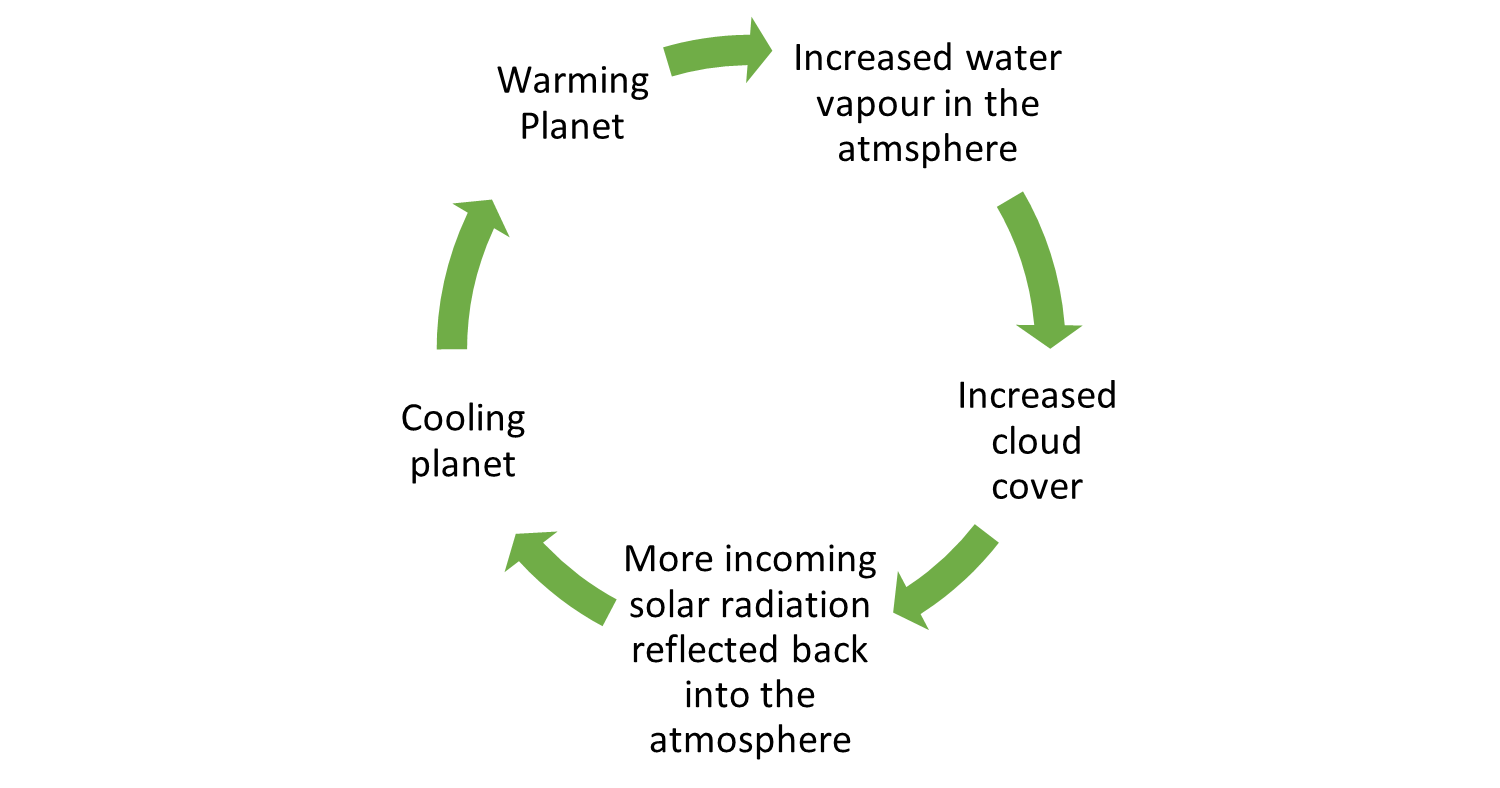Climate Science - Feedback Loops & Tipping Points
Climate Science Part 3
This is the third of a series of blog posts that will give you a basic introduction to the science behind climate change, explain how humans are changing the climate and steer you towards to the latest scientific evidence. Search for the “Climate Science” category on our blog page to find the rest of the series.
How does our climate balance itself?
Through careful study over many years, scientists have identified various interconnected natural systems that help balance the temperature and volatility of our climate.
If an imbalance is caused to one aspect of our natural world, for example by Greenhouse Gas (GHG) emissions increasing the global temperature, a chain of events can kickstart processes that either dampen the impact of the initial change, or reinforce it.
Those systems that help fix the imbalance that causes them are known as negative feedback loops. These are generally helpful to us in the fight against climate change, as they help alleviate some of the warming that increased CO2 emissions are causing. As an example, the cycle below shows how cloud cover can help keep a warming planet cool:
There are several other “helpful” negative feedback loops, such as:
Warmer air leads to higher moisture in the atmosphere, leading to higher rainfall.
Higher CO2 leads to plants photosynthesising more.
The higher the global temperature the more heat the Earth emits through “blackbody radiation”
More CO2 leads to more chemical weathering, which helps trap CO2 in a “carbon sink”
The most dangerous systems, however, are positive feedback loops. These can make a warm planet even warmer, and lead to a spiral of warming with dire consequences. An example of a dangerous positive feedback loop is the “ice albedo” effect:
There are other 'harmful' positive feedback loops such as:
Ocean circulation patterns being disrupted
Oceans expanding with a warmer earth, leading to sea levels rising
Dryer land can lead to more forest fires, which reduce the forests ability to hold on to CO2
Tipping Points
Some of these positive feedback loops are particularly worrying, as they could cause warming to pass a tipping point, beyond which the warming loop spirals out of control and can no longer be brought back by reducing GHGs in the atmosphere or through taking advantage of negative feedback loops.
Elisabeth Kolbert, in Field Notes from a Catastrophe, describes how humans are pushing the planet towards tipping points from which it may not recover. She compares it to rocking a rowing boat:
“You can tip it and then you’ll just go back. You can tip it and just go back. And then you tip it and you get to the other stable state, which is upside down.”
One famous example is the permafrost in the Arctic, where some scientists estimate there are 1,400 gigatonnes of methane trapped under the permafrost and as the atmosphere heats up and the permafrost melts this methane could be released, leading to an irreversible surge in GHG emissions.
Carbon Brief have identified 9 potentially dangerous tipping points [below].
Infographic by Rosamund Pearce/Tom Prater.
To find out more about the latest studies on each tipping point some useful links to the latest science can be found here:
Greenland Ice Sheet Disintegration. Article in Nature.
Permafrost Loss. Article in Nature.
Atlantic Meridional Overturning Circulation Breakdown. Study by NOAA.
Boreal Forest Shift. Article in Science Daily and study in Forest Ecology and Management.
Amazon Rainforest Dieback. Article in Carbon Brief.
West Antarctic Ice Sheet Disintegration. Article in Carbon Brief.
West African Monsoon Shift. Article in Nature, and scientific study.
Indian Monsoon Shift. Article in Yale School of the Environment and study in Geoscience Frontiers.
Coral Reef die-off. Article in Science Daily and study in Marine Biology.
The complexity of these feedback loops and the unpredictability of the tipping points make it hard to predict the future with any certainty, but the scientific consensus is clear: the more GHGs we emit and the warmer the planet gets, the greater the risk of these tipping points being reached, and the harder it will be to keep our climate in balance.
In future climate science blogs we will look at a brief history of Earth’s climate, investigate how scientists tackle this complexity and model the future, and tackle the issue of scientific consensus.



